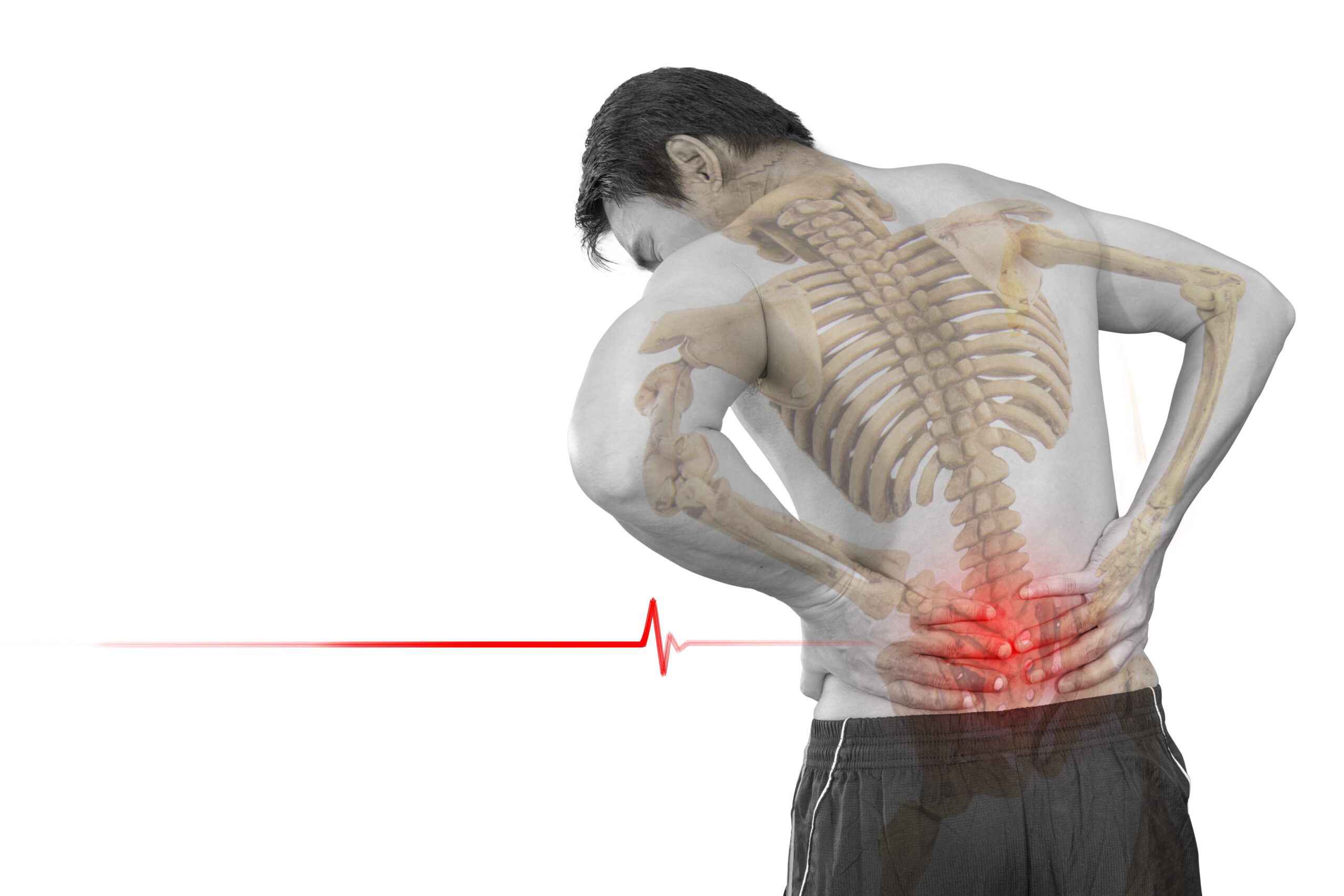
The physical toll on welding technicians should not remain overlooked. Lax standards and ineffective practices on the shopfloor will eventually manifest as chronic pain – and the possibility of debilitating injuries.
Manual shifting and awkward positioning not only jeopardise weld quality but also inflict long-term harm on worker health. The result is a cascade of consequences, ranging from increased absenteeism to lost productivity – revealing the true cost of back pain.
Welding technicians may frequently be forced into bent or arched positions to reach difficult joints. These compromised postures place significant strain on the back and other musculoskeletal structures, with continuation of these practices leading to sustained chronic pain. Repetitive stress and constant physical adjustments can result in severe injuries, including chronic back pain that may sideline even the most experienced technician.
The physical demands of welding, when performed without proper support, are a major contributor to musculoskeletal disorders. Workers suffering from these conditions face not only immediate discomfort but also long-term health issues that can derail careers. Chronic back pain, in particular, is a leading cause of disability in industrial sectors, forcing skilled workers to miss valuable time on the job and often require extensive medical treatment.
When welders experience back pain and related injuries, the cost to both the individual and the organisation can be substantial. Prolonged periods of absenteeism disrupt production schedules and force companies to compensate with overtime or temporary labour.
The cumulative effect of these disruptions often results in significant financial losses; employers may find themselves grappling with not only reduced output but also escalating costs in workers’ compensation claims and healthcare expenses.
Inconsistent work due to recurring pain and fatigue can slow down the welding process, leading to missed deadlines and delays in project completion. The need for frequent adjustments or rework due to unstable welding conditions further compounds the problem. This inefficiency not only affects individual projects but can also have a broader impact on a company’s reputation and bottom line.
Demmeler’s range of welding tables and manipulators offers a proactive solution aimed at protecting worker health and reducing costs associated with absenteeism. These advanced tables are designed to provide a stable, adjustable platform that eliminates the need for welders to adopt harmful postures.
By securely positioning workpieces, these tables allow welders to work in ergonomically optimal positions, reducing the strain on the back and minimising the risk of chronic pain and injury.
With a stable work environment, welders maintain consistent quality without the constant need for manual adjustments. This creates fewer errors, less rework, and a more efficient workflow – ultimately reducing downtime and improving shopfloor productivity.
Investing in equipment that supports worker health not only mitigates the risk of injury but also reduces long-term costs. By preventing chronic back pain and its associated expenses, companies create a safe working environment that keeps technicians in fine health and capable to produce solid, high-quality products.
The true cost of back pain in the welding industry extends far beyond the immediate discomfort of physical strain. It encompasses lost productivity and the long-term impact on workers’ careers.
If your technicians are continuing with methods that force them into harmful, unsupported positions, speak to us today. Carver Clamps are the UK supplier of Demmeler welding tables and manipulators, providing a crucial solution by promoting ergonomic practices, enhancing productivity, and ultimately protecting the well-being of the team.
For any operation serious about reducing the hidden costs of back pain, investing in this advanced support system is a step towards a healthier workforce and a more sustainable bottom line.